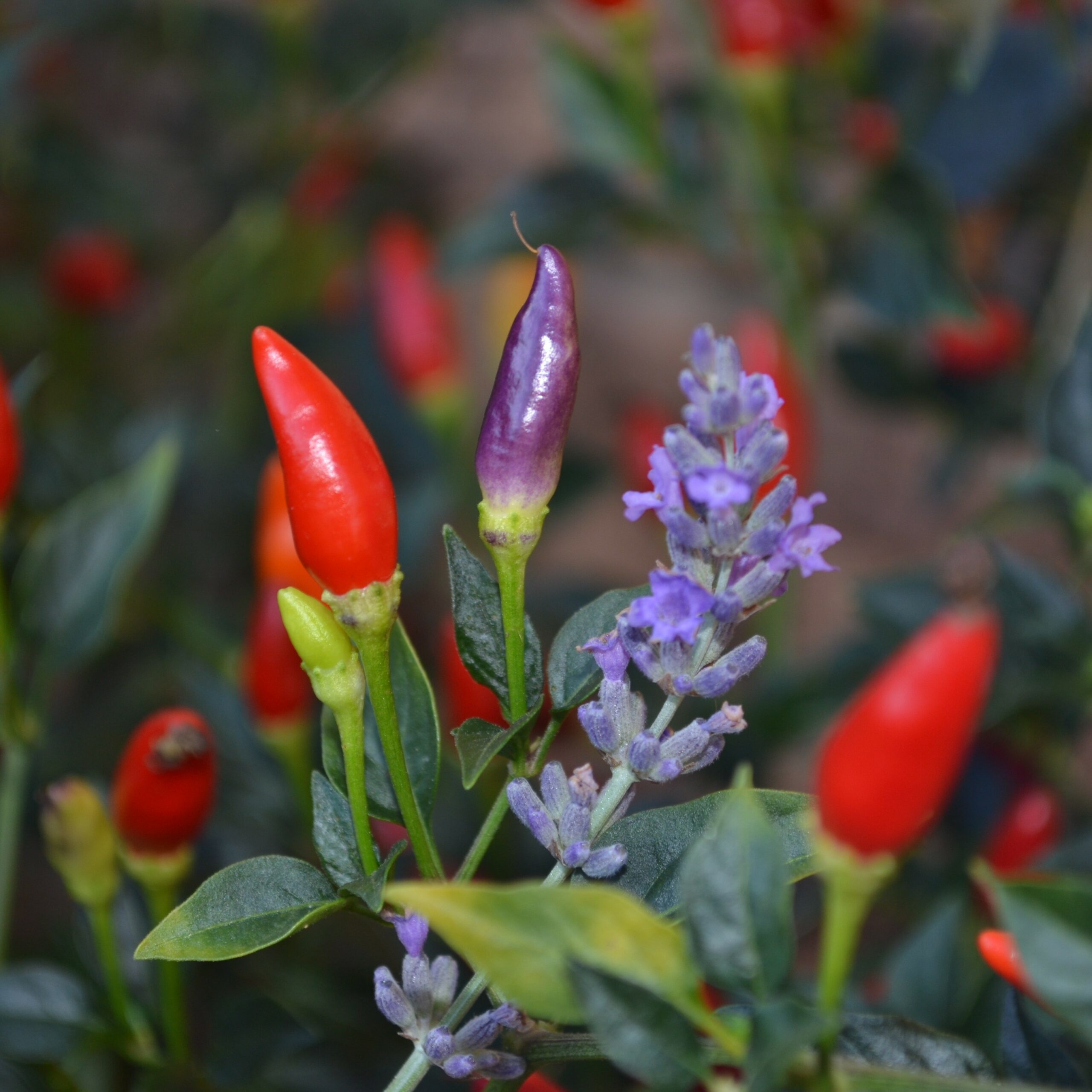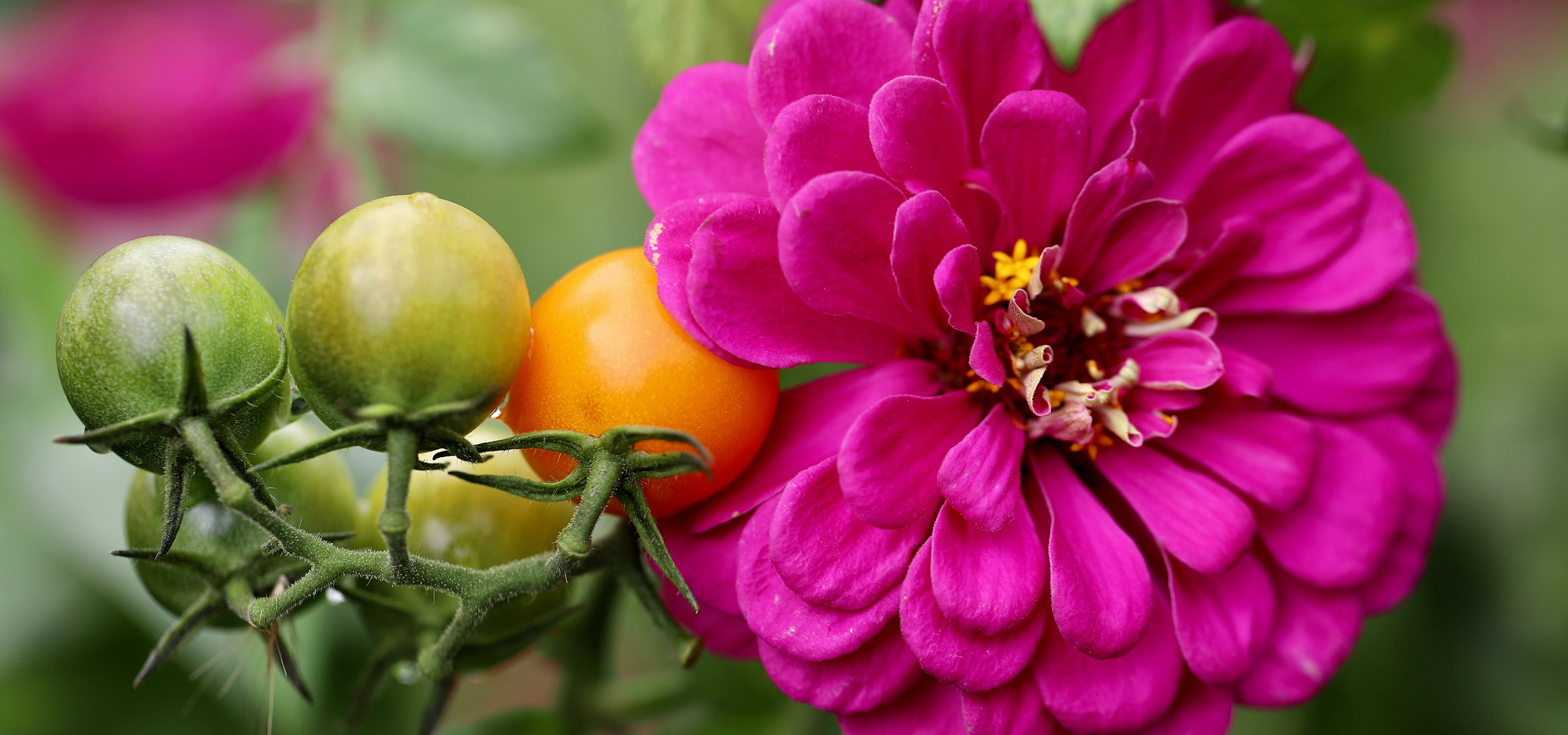What is companion planting and how can it help your garden?
Companion planting is a gardening technique that involves planting different types of plants together for their mutual benefit. This method not only helps protect plants from pests and diseases, but also promotes pollination, saves space, enhances productivity, and attracts beneficial insects. Companion planting is an effective and eco-friendly way of gardening as it eliminates the need for chemical sprays to repel insects and other pests.
British Garden Centres has paired certain plants together in this article so you can create a diverse and thriving garden that fosters healthy growth and bumper harvests!
Beans with sweetcorn and squash
A good example of the companion planting method is the "three sisters" method. This technique involves planting three main crops - beans, sweetcorn, and squash - together on the same plot of land.
The beans are nitrogen-fixing plants, which means they can convert nitrogen from the air so it can be used by the soil. This process helps to increase soil fertility and provides the sweetcorn and squash with the necessary nutrients to grow. The sweetcorn acts as a natural trellis for the beans to climb. As the beans grow up the corn stalks, they provide stability, whilst the beans also provide shade to the soil, which helps to keep it moist and cool. The squash acts as a natural mulch, which helps to retain moisture in the soil and suppress weeds. The large leaves of the squash plant provide shade to the soil, which helps to prevent water from evaporating too quickly.
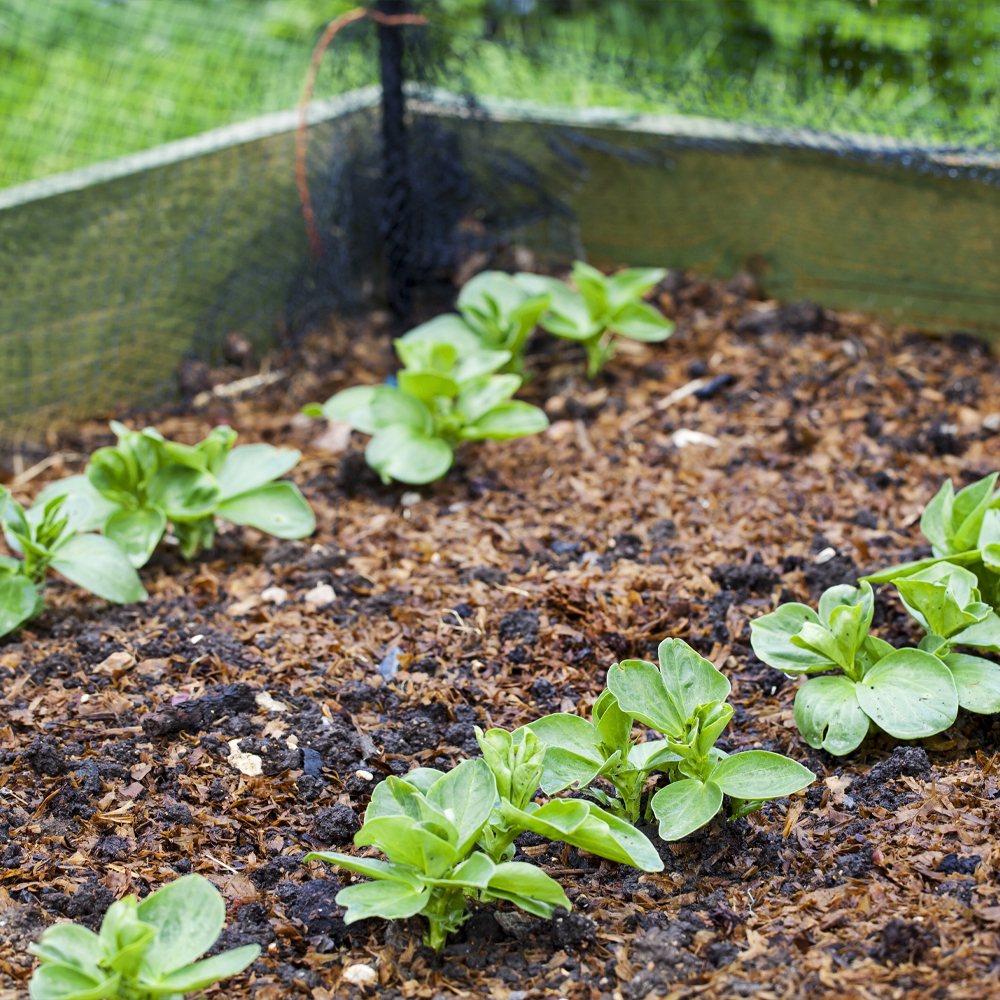
Marigolds with vegetables
If you are looking for a natural and effective way to ward off harmful insects like aphids and whiteflies, French marigolds could be the perfect solution and act as a natural repellent for pests that can damage your vegetable patch. We recommend planting French marigolds alongside peas, beans, potatoes, and sweetcorn to improve the productivity of your garden by promoting healthy growth and deterring harmful insects.
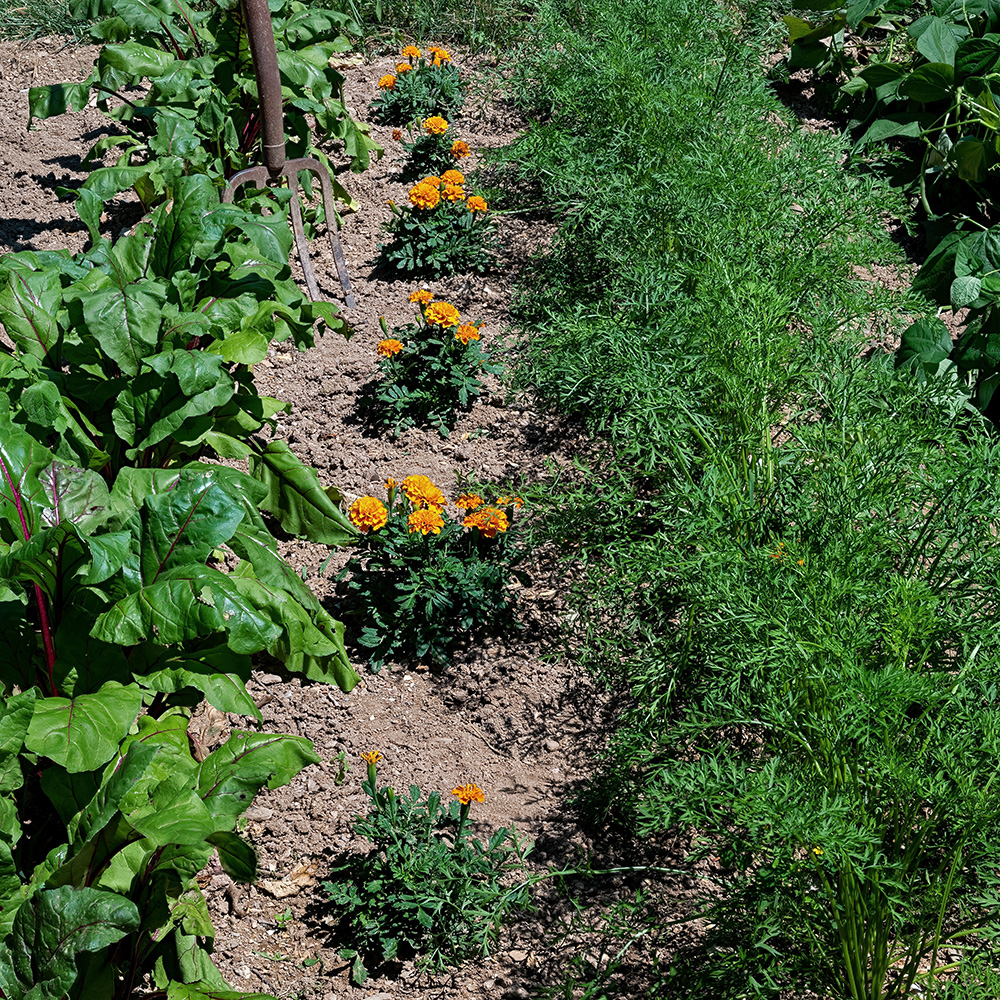
Onions with carrots
Did you know that planting onions alongside carrots can be extremely beneficial for both vegetables? Onions have a strong scent that acts as a natural repellent for root flies, which are known to damage carrot growth. By planting onions alongside carrots, you can protect your carrot plants from these pests and enjoy fresh summer crops. Not only does this method offer a practical solution for pest control, but it also maximises the use of your vegetable patch by allowing you to grow two crops in the same area.
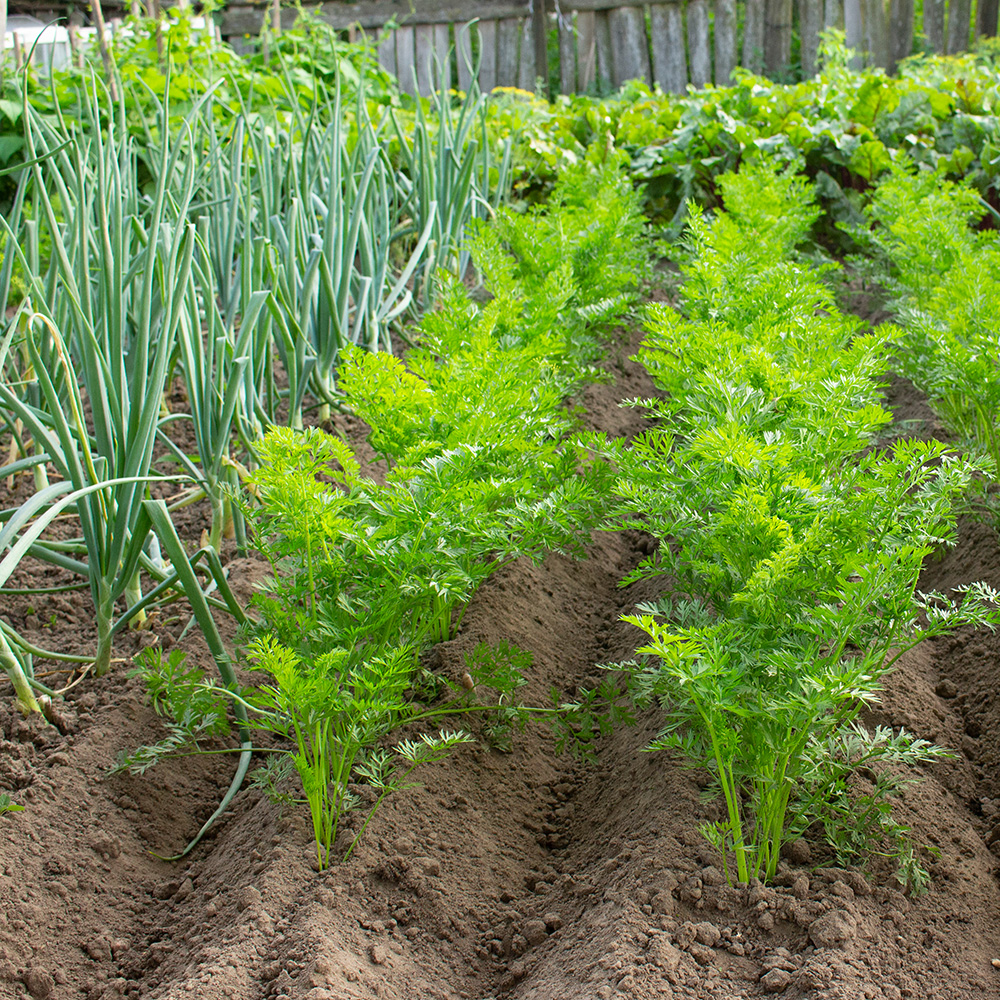
Garlic with roses
Planting garlic bulbs at the foot of roses makes them taste nasty to aphids, ants, snails and flea beetles. The beautiful globe flowers of the garlic also have the added benefit of attracting bees and butterflies. Garlic is also said to help with powdery mildew when sprayed on the plant as well as enhancing the rose’s fragrance.
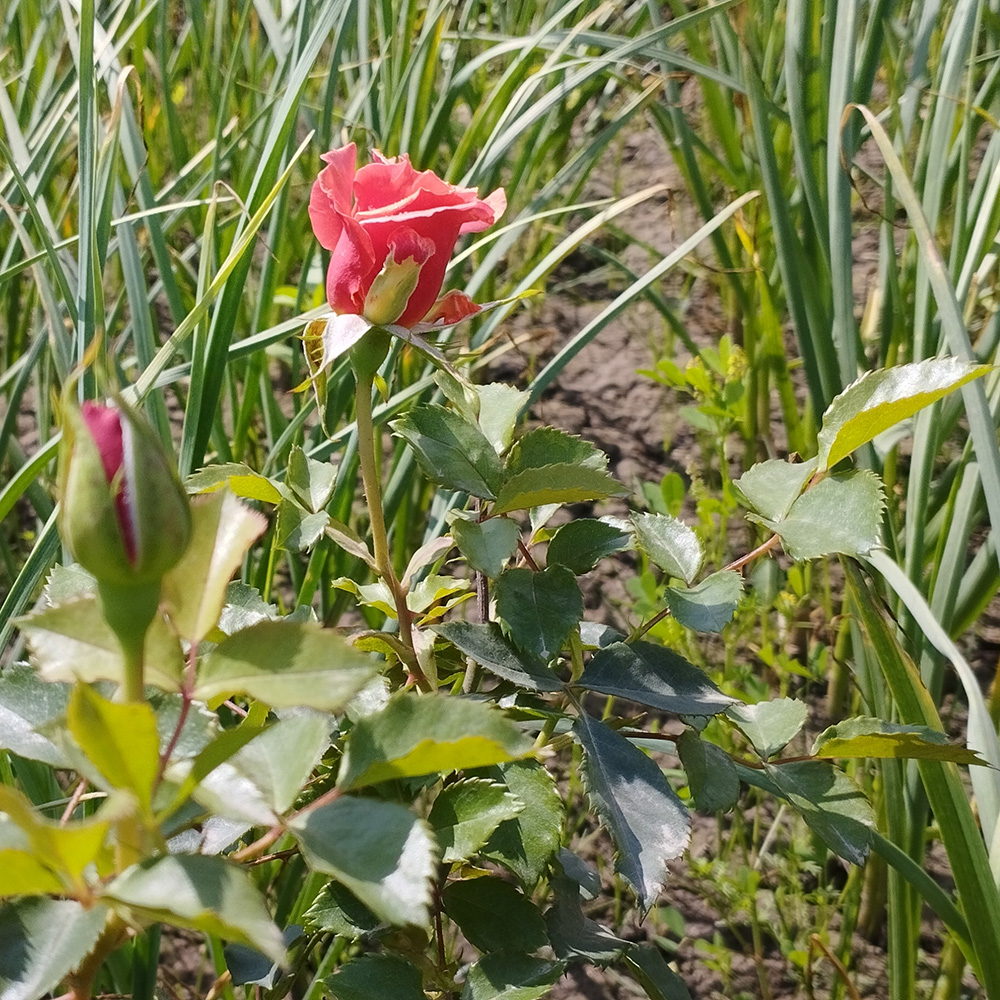
Tomatoes and Basil
Planting basil near tomato plants can be beneficial as the aromatic oils released by basil can enhance the flavour of tomatoes. Basil also has natural pest-repelling properties, which can help protect tomato plants from insects like aphids and whiteflies. This can be especially useful for gardeners who prefer to use natural methods for pest control. Basil can attract bees and other pollinators to your garden too, which can improve the overall health and yield of the tomato plants.
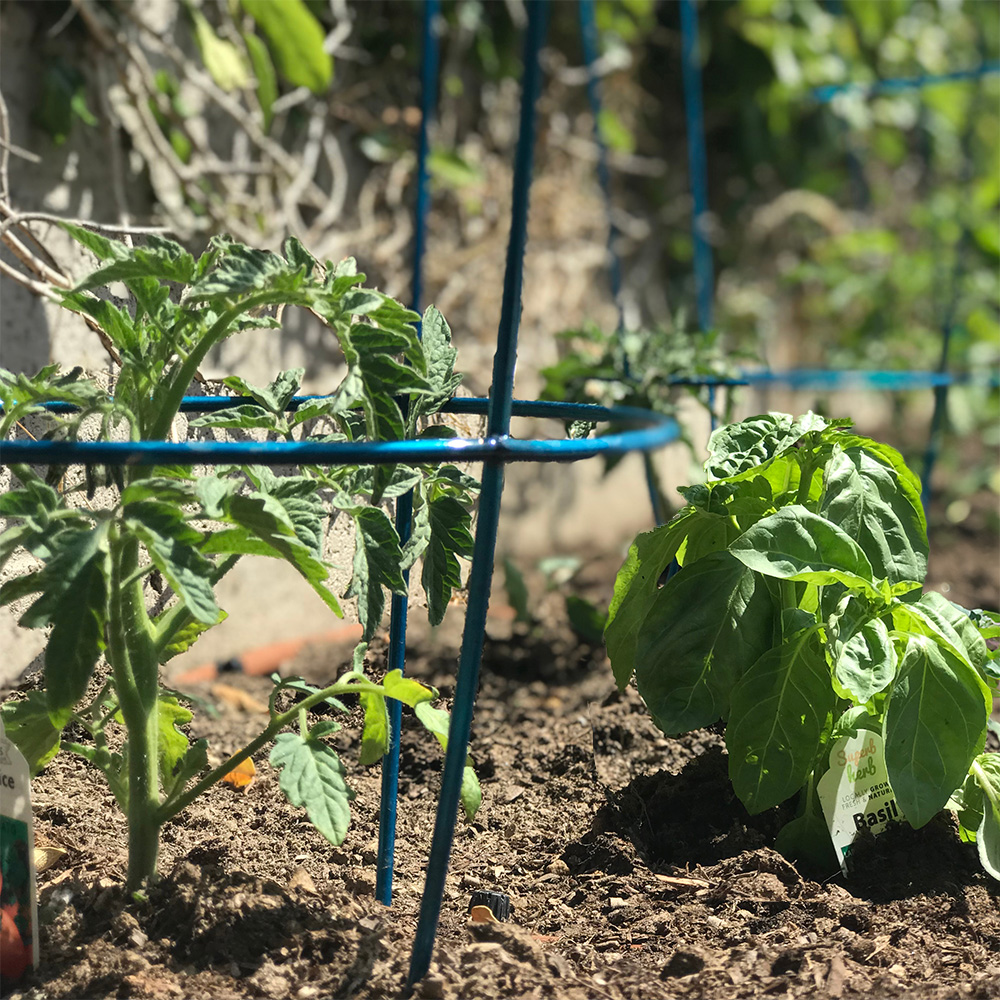
Lavender and chilli
Planting lavender and chilli together offers multiple benefits for your garden. Lavender's aromatic scent acts as a natural pest repellent, deterring insects like aphids and moths that can harm chilli plants, while also attracting beneficial pollinators like bees and butterflies, enhancing pollination and resulting in a better chilli harvest. Lavender's purple flowers complement the vibrant green foliage of chilli plants, enhancing the overall aesthetic of your garden with a colourful display.
